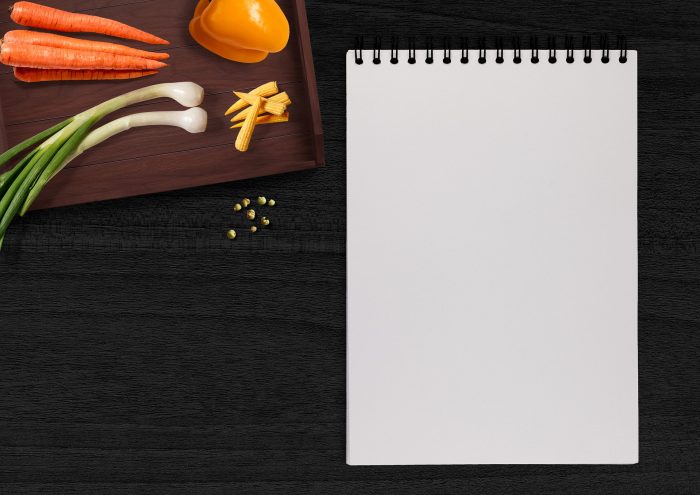Avoiding the death sentence
January 15, 2019The big C
March 15, 2019
A recipe for writing
I’m a terrible cook. I try to follow the recipe – mostly – but the end product looks nothing like the picture. Writing is a little the same. There is a method and process that, when followed well, will usually give you a product that looks – and reads – like the picture.
Unlike a recipe, however, there is wriggle room in the writing process for you to spice it up, smooth it over, or over-cook it if you go too far.
An editorial process — a series of steps, executed methodically and consistently – can help you turn out fresh, hopefully irresistible copy time after time.
When you’re cooking, the first step is to make sure you have all the ingredients to hand. When writing, you do the same – do your research so you know what you’re going to throw into the mix.
Bakers say the best way to get a soft and delicious loaf of bread or springy sponge is to let the mixture rest for a while so all the flavours can mingle. In the writing process, taking a break is also a good idea. Once you’ve done your research, let the ideas, the facts and figures sit undisturbed for a short while before you start mixing them all together.
Now it’s time to put pen to paper, or fingers to keyboard and start pre-writing. Take all the facts you’ve researched and blend them together just like you do when you turn on the Mixmaster to fold in the flour, sugar, eggs and butter.

This stage of the writing process doesn’t have to be structured or logical. Often the best way to start is to do just that – start writing anything that comes to mind. Do not stop to edit your mistakes, just let the ideas flow.
And don't get up until it's finished. Commit to getting the words down in one sitting. Try not to re-read or edit-as-you-go. Focus all that spared energy on filling in your outline.
Once you’ve got all your ideas on paper, it’s time to edit for macro-clarity. Is each paragraph clear and cohesive? Each section? What about the entire piece from start to finish? This is also the point in the process to put some structure into your work to make sure there’s a cohesion to your ideas. If you think back to the cooking analogy, this is where we take a little taste, lick the beater and see what else might need to be added to sweeten it up.
Now it’s time to start refining your work, putting in a pinch of salt, if you will, or a dash of sugar. In writing parlance, it’s time to edit for micro-clarity. Look at each sentence, make sure it’s clear, concise and grammatically correct.
For the true gourmand, this is the step in the process to pare down your adverbs, avoid the passive voice, and omit fancy words and jargon. Instead, use bold, active verbs and simple words that anyone can understand.
When you’ve got the flavours just right, or in this case, the words just write, take one final taste test – come back for one last, thorough read and if your copy is easy to consume, makes sense and you like it, then it's time to plate up and publish.
And don't get up until it's finished. Commit to getting the words down in one sitting. Try not to re-read or edit-as-you-go. Focus all that spared energy on filling in your outline.
Once you’ve got all your ideas on paper, it’s time to edit for macro-clarity. Is each paragraph clear and cohesive? Each section? What about the entire piece from start to finish? This is also the point in the process to put some structure into your work to make sure there’s a cohesion to your ideas. If you think back to the cooking analogy, this is where we take a little taste, lick the beater and see what else might need to be added to sweeten it up.
Now it’s time to start refining your work, putting in a pinch of salt, if you will, or a dash of sugar. In writing parlance, it’s time to edit for micro-clarity. Look at each sentence, make sure it’s clear, concise and grammatically correct.
For the true gourmand, this is the step in the process to pare down your adverbs, avoid the passive voice, and omit fancy words and jargon. Instead, use bold, active verbs and simple words that anyone can understand.
When you’ve got the flavours just right, or in this case, the words just write, take one final taste test – come back for one last, thorough read and if your copy is easy to consume, makes sense and you like it, then it's time to plate up and publish.
